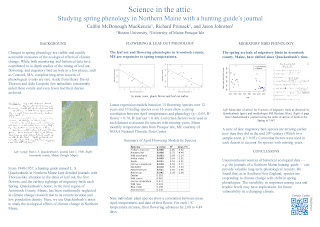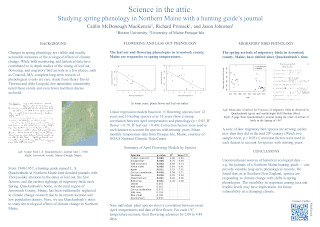That the presentation started with standard bullet point slides did not fill me with hope. And this is reflected in one of the pieces of advice that I am not sure I disagree with: “Use bullet points if at all possible.” I still prefer paragraphs.
The information within is generally quite good, however. Hat tip to Mike Pascoe for spotting these.
PVP illustrates rule 34 of the Internet, regarding type:
This post by Nina K. Simon isn’t about posters, but it is about conferences more generally. Organizers:try more workshops, hackathons, and the like.
It is amazing to actually DO things with colleagues in professional development situations instead of just talking. In 2009, after we hosted the Creativity and Collaboration retreat, I wrote a post about ditching "conferences" for "camp" experiences. Four years later, my appetite for these kinds of experiences hasn't changed. It felt great to once again be working with people--brainstorming exhibit challenges, editing label text, even just messing around on the player piano together.
External links
Creating and presenting a dynamic poster (2010): Event listing (with PDF of slides)
Creating and presenting dynamic posters (2013): Event listing















